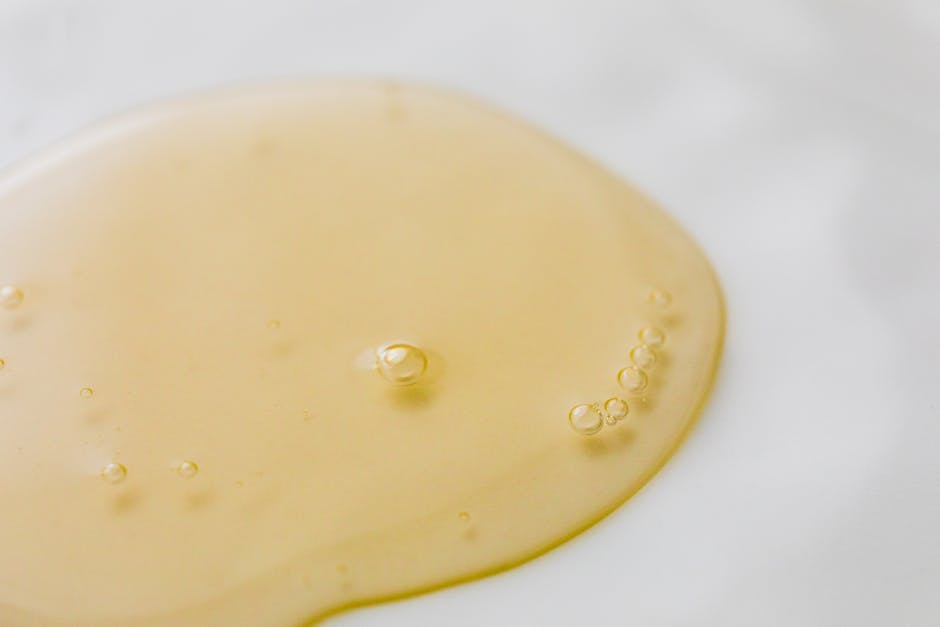Understanding Botox and Fillers
Botox and fillers are common cosmetic procedures used to reduce wrinkles and enhance facial features. Botox is derived from a naturally occurring toxin and works by relaxing muscles to smooth out wrinkles. On the other hand, fillers are substances injected beneath the skin to add volume and reduce the appearance of lines. The choice between Botox and fillers depends on the specific areas you wish to target and the results you desire.
Key Differences Between Botox and Fillers
Botox and fillers are both popular treatments for reducing wrinkles and restoring youthfulness to the face. Botox works by relaxing muscles to smooth out lines and wrinkles, while fillers work by adding volume to specific areas of the face. Here are the key differences between Botox and fillers:
-
Botox:
- Targets wrinkles caused by muscle movement
- Results last around 3-4 months
- Typically used for dynamic wrinkles like forehead lines and crow’s feet
-
Fillers:
- Add volume to specific areas of the face
- Results can last from 6 months to 2 years depending on the type of filler
- Used to treat static wrinkles like nasolabial folds and marionette lines
Understanding these differences can help you decide which treatment is right for your aesthetic goals.
The Benefits of Botox Services
Many people choose Botox for its ability to reduce wrinkles and fine lines on the face. Botox is a quick and virtually painless procedure that can be done during a lunch break. Results can be seen within a few days, and there is little to no downtime required. Botox can also prevent new wrinkles from forming, making it a popular choice for those looking to maintain a youthful appearance.
The Benefits of Fillers
Fillers, unlike Botox, can add volume to areas of the face that have lost fullness due to aging. They can smooth out wrinkles and fine lines, enhance shallow contours, and plump lips. Most fillers are made of hyaluronic acid, a substance that occurs naturally in the skin, making them safe and effective. The results are immediate and can last from 6 to 18 months, depending on the type of filler used. Fillers are a versatile option for enhancing facial features and maintaining a youthful appearance without the need for surgery.
Common Applications for Botox
Botox is commonly used to reduce wrinkles and fine lines on the face. It can also be used to treat medical conditions such as migraines, excessive sweating, and muscle spasms. Additionally, Botox injections are often used to improve the appearance of a gummy smile and to reduce the size of the masseter muscles for facial slimming.
Common Applications for Fillers
Fillers are commonly used to smooth wrinkles, add volume to lips, enhance cheeks, and reduce the appearance of scars. They can also be used to improve the overall contour of the face and fill in hollow areas. Fillers offer a temporary solution for these concerns, typically lasting between 6 months to 18 months, depending on the type of filler used and the area of injection.
Safety and Side Effects of Botox
When it comes to Botox, it’s generally safe as long as it’s administered by a trained professional. However, some common side effects might occur, such as temporary bruising, headache, or flu-like symptoms. These effects typically fade quickly and are considered mild. It’s crucial to follow post-treatment care instructions provided by your provider to minimize any discomfort.
Safety and Side Effects of Fillers
Fillers are generally safe when performed by a trained professional. However, like any medical procedure, they do come with potential side effects. Some common side effects of fillers include redness, swelling, bruising, and tenderness at the injection site. These side effects typically subside within a few days. In rare cases, more serious side effects like infection, lumps, or allergic reactions can occur, but these are uncommon when proper injection techniques are followed. It is essential to discuss any concerns or potential risks with your provider before getting filler injections.
Choosing Between Botox and Fillers
When deciding between Botox and fillers, it’s essential to understand that Botox targets wrinkles caused by muscle movement, while fillers work best for plumping and adding volume to specific areas. Here’s a quick breakdown to help you choose:
- Botox is suitable for treating dynamic wrinkles, like frown lines and crow’s feet, by temporarily relaxing the muscles causing them.
- Fillers are ideal for static wrinkles that are visible even at rest, such as smile lines or hollow cheeks, by adding volume under the skin.
- Consider Botox if you want to prevent future wrinkles or smooth existing ones, while fillers are great for enhancing facial features or restoring lost volume.
Want to soften those expression lines or add a little more volume? Pick the treatment that aligns with your specific needs.
Conclusion: Finding the Right Option for You
In the end, the choice between Botox and fillers ultimately depends on your specific goals and concerns. Botox is ideal for minimizing dynamic wrinkles caused by repetitive muscle movements, like forehead lines and crow’s feet. On the other hand, fillers are great for replenishing lost volume in areas like cheeks and lips, smoothing out static wrinkles. Consulting with a skilled dermatologist or plastic surgeon can help you understand which option aligns better with your aesthetic desires and budget. Each person’s needs are different, so make sure to communicate your expectations clearly to achieve the best results.

